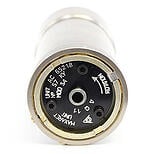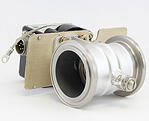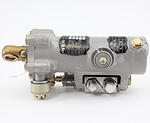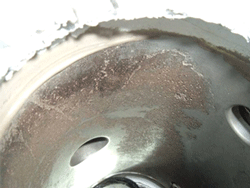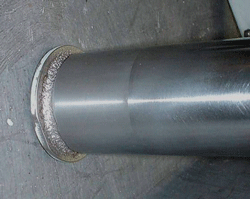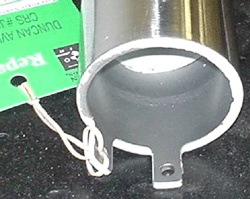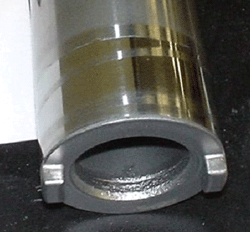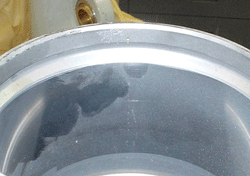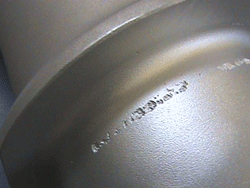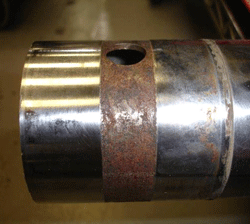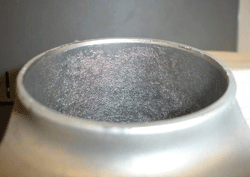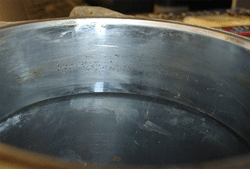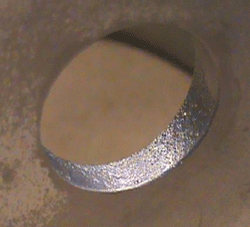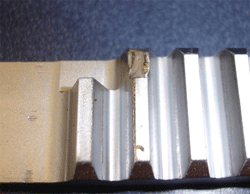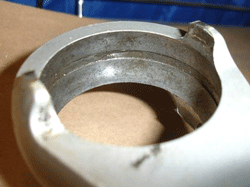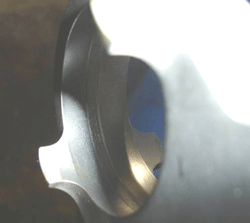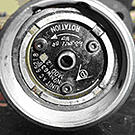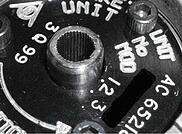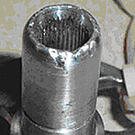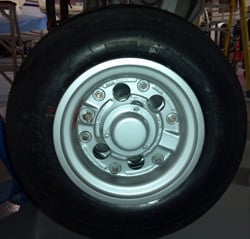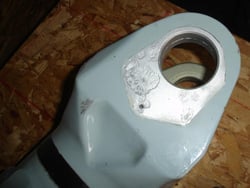By Kevin Miesbach, Shop Manager-Avionics/Instruments

Duncan Aviation's Material Services Department processes an average of 500 inbound and outbound packages everyday.
On Monday, June 3, Duncan Aviation consolidated its Shipping and Receiving operations with all shipments to Duncan Aviation-Lincoln now going to one new centralized receiving location. This move improves the efficiency of how packages are received and moved about the company, resulting in many customer benefits.
Consolidated Shipping Services
Customers will no longer have to ship their accessory or avionics units to different physical addresses at the Lincoln Airport to reach the Duncan Aviation shop performing the work or needing the parts. That means whether customers are shipping an accessory item for repair or overhaul, an avionics unit for repair or overhaul, or sending Duncan Aviation an inventory of parts for consignment, they will be able to use the same address.
FedEx Zip Code –68500
As part of consolidation, Duncan Aviation has obtained a special zip code for use in the FedEx shipping system. All packages addressed to this zip code are delivered by FedEx to Duncan Aviation’s Lincoln facility first thing in the morning.
When sending units to Duncan Aviation via FedEx, please use the following address and zip code:
Duncan Aviation, Inc.
Shipping and Receiving
4001 N Park Rd
Lincoln, NE 68500
Reduced Turntimes
The consolidated shipping, along with radio frequency scanning technology implemented in Duncan Aviation’s package receiving process, allows for more efficient shipment receiving and dissemination. Units make their way from the receiving dock to the repair shop and ultimately the workbench even quicker than before and are able to see real-time when an expected unit is received into the system. And customer paperwork is electronically attached to the work order for a more efficient process all-around. We look forward to our customers experiencing the financial and turntime benefits of the new receiving procedures.
No AOG Shipping Charges
All Duncan Aviation customers who need AOG services and use the special FedEx zip code of 68500 no longer need to mark and pay for the “EARLY AM” service from FedEx. Technicians have already been reporting AOG units arriving earlier than the previous “EARLY AM” shipments.
Other Carrier Shipping
When sending units to Duncan Aviation via any other shipping carrier, please use the following address and zip code:
Duncan Aviation, Inc.Shipping and Receiving4001 N Park RdLincoln, NE 68524For the most efficient service, it is best to use the shipping addresses as outlined above. However, we have been assured by our carriers that if you forget and use the old addresses, shipments will still make it to Duncan Aviation and the proper shops.
Duncan Aviation's Component Solutions offers extensive aircraft parts repair and overhaul services—including loaners and exchanges—for avionics, instruments, parts and accessories, at the same time maintaining a large inventory of aircraft parts for sale. Their streamlined services and competitive turntimes satisfy hundreds of requests throughout the world 24 hours a day, 7 seven days a week.
Kevin Miesbach is Duncan Aviation's Avionics/Instruments Shop Manager at its Lincoln, Nebraska, facility. His aviation career began in 1985.

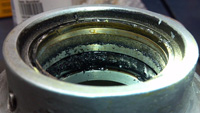
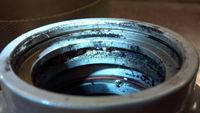
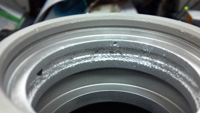

.jpg?width=150&name=starter-generator-(23080--064).jpg)
